František Kupka created his version the Lysistrata story in twenty beautiful etchings for a book which was issued by Blaizot, a publisher in Paris, in 1911. In 1913, the originals were sent to the National Gallery in Czechoslovakia.
The story was written by Aristophanes in 411 B.C. and is set in Athens. The main character, Lysistrata, decides to end the war that has ravaged Sparta and Athens. She convinces other women to refuse to intimacy with their husbands until they quit warring and fighting. She believes this is what will finally achieve peace…
This collection has recently been made available as a set of prints by the Galerie Art.
Enjoy the short version of the story followed by the images Kupka created.
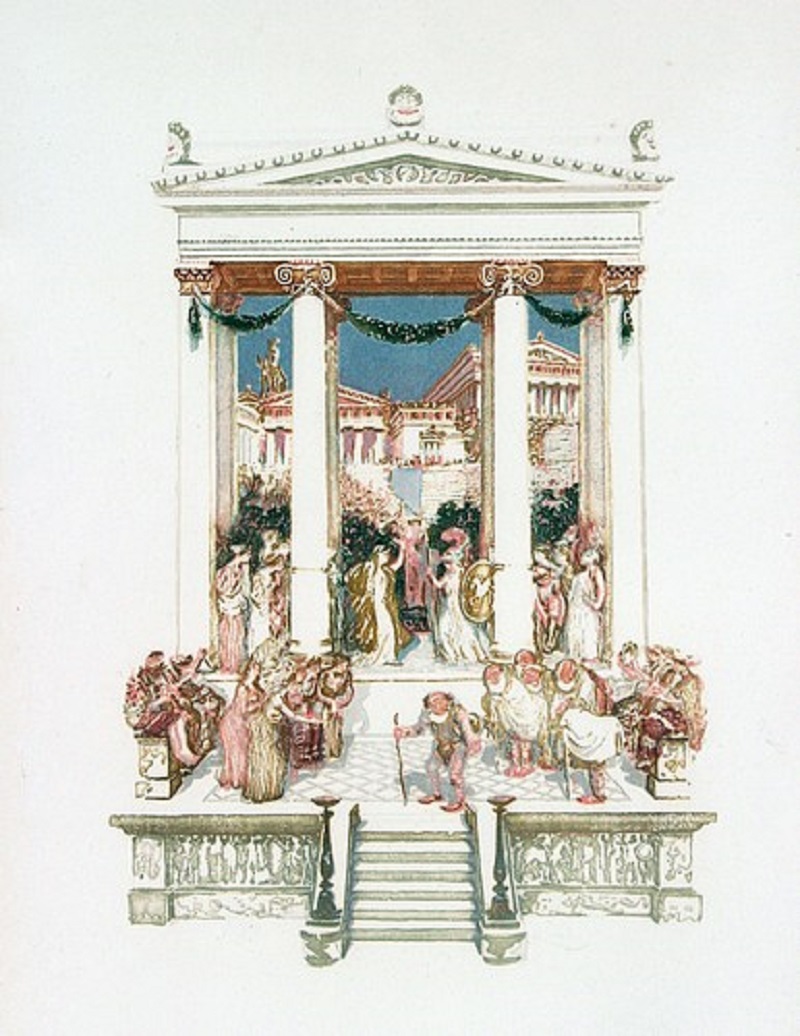
Lysistrata has planned a meeting between all of the women of Greece to discuss the plan to end the Peloponnesian War. As Lysistrata waits for the women of Sparta, Thebes, and other areas to meet her she curses the weakness of women. Lysistrata plans to ask the women to refuse sex with their husbands until a treaty for peace has been signed.
Lysistrata has also made plans with the older women of Athens (the Chorus of Old Women) to seize the Akropolis later that day. The women from the various regions finally assemble and Lysistrata convinces them to swear an oath that they will withhold sex from their husbands until both sides sign a treaty of peace.
As the women sacrifice a bottle of wine to the Gods in celebration of their oath, they hear the sounds of the older women taking the Akropolis, the fortress that houses the treasury of Athens.
In Lysistrata there are two choruses—the Chorus of Old Men and the Chorus of Old Women.
A Koryphaios leads both choruses. The Chorus of Men is first to appear on stage carrying wood and fire to the gates of the Akropolis. The Chorus of Men is an old and bedraggled bunch of men who have great difficulty with the wood and the great earthen pots of fire they carry.
The men plan to smoke the women out of the Akropolis. The Chorus of Old Women also approaches the Akropolis, carrying jugs of water to put out the men’s fires. The Chorus of Old Women is victorious in the contest between the choruses and triumphantly pours the jugs of water over the heads of the men.
The Commissioner, an appointed magistrate, comes to the Akropolis seeking funds for the naval ships. The Commissioner is surprised to find the women at the Akropolis and orders his policemen to arrest Lysistrata and the other women.
In a humorous battle, that involves little physical contact, the policemen are scared off. The Commissioner takes the opportunity to tell the men of Athens that they have been too generous and allowed too much freedom with the women of the city. As the policemen run off, the Commissioner and Lysistrata are left to argue about the Peloponnesian War.
Lysistrata argues that the War is a concern for women especially and she adds her two cents as to how the city should be run, drawing an elaborate analogy to show that Athens should be structured as a woman would spin wool. Lysistrata tells the Commissioner that war is a concern of women because women have sacrificed greatly for it—women have given their husbands and their sons to the effort. Lysistrata adds that it is now difficult for a woman to find a husband. The women mockingly dress the Commissioner as a woman.
The next day, or perhaps some considerable time afterwards, the sex-strike devised at the beginning of the text, begins to take effect on the men. Lysistrata spots Kinesias, husband of Myrrhine, approaching the Akropolis. Kinesias has a full erection and is desperate for his wife. Myrrhine refuses to have intercourse with Kinesias until peace exists between Athens and Sparta. Kinesias tells Myrrhine that her child needs her, he needs her and he loves her and Myrrhine pretends to listen to his frustrated pleas.
Myrrhine hints that she might make love to Kinesias, but delays by going repeatedly into the Akropolis to fetch things to make the couple comfortable. As Kinesias promises to only think about a treaty of peace for Athens and Sparta, Myrrhine disappears into the Akropolis and leaves her husband in great pain.
A Spartan Herald approaches the Akropolis and he, like Kinesias, suffers an erection. The Spartan describes the desperate situation of his countrymen and pleads for a treaty. Delegations from both states then meet at the Akropolis to discuss peace. At this point, all of the men have full erections. Lysistrata comes out of the Akropolis with her naked handmaid, Peace. While the men are fully distracted by Peace, Lysistrata lectures them on the need for reconciliation between the states of Greece. Lysistrata reasons that because both Athens and Sparta are of a common heritage and because they have previously helped one another and owe a debt to one another, the two sides should not be fighting. Using Peace as a map of Greece, the Spartan and Athenian leaders decide land rights that will end the war. After both sides agree, Lysistrata gives the women back to the men and a great celebration ensues. The play ends with a song sung in unison by the Chorus of Old Men and the Chorus of Old Women while everyone dances.
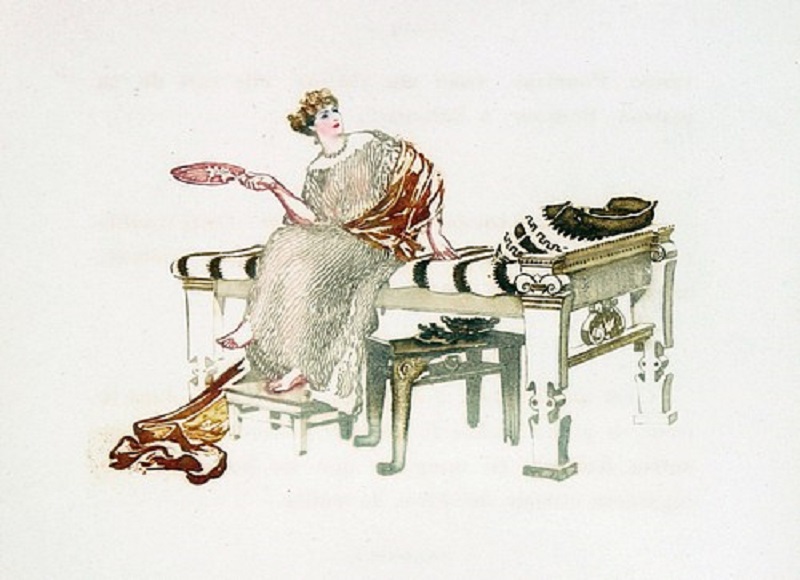
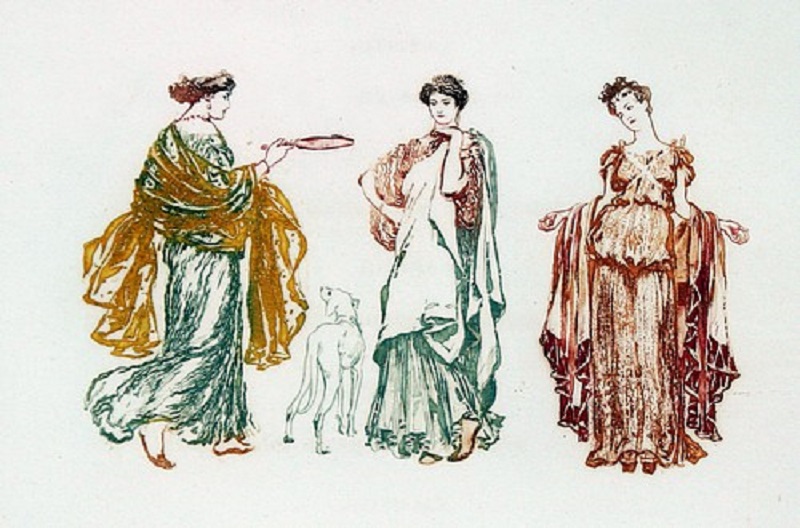
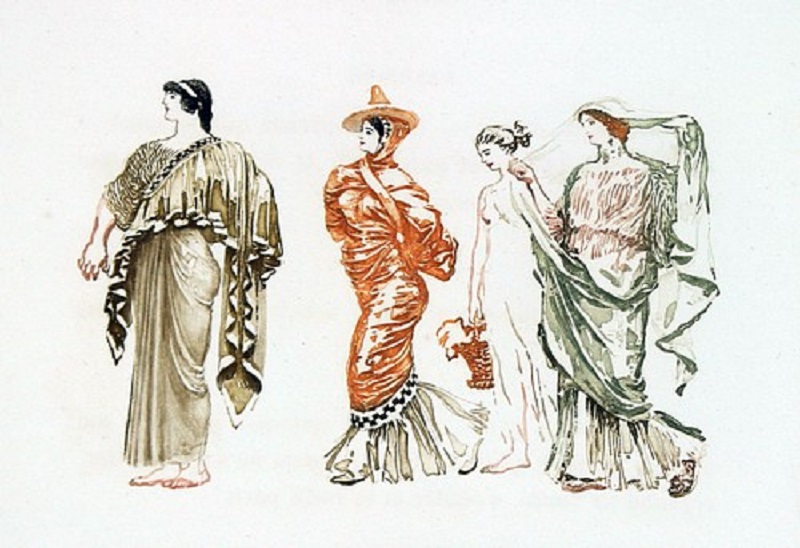
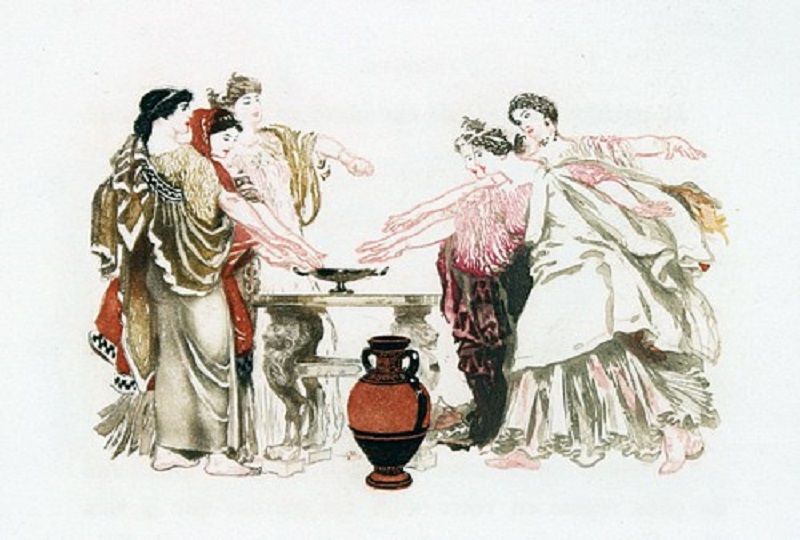
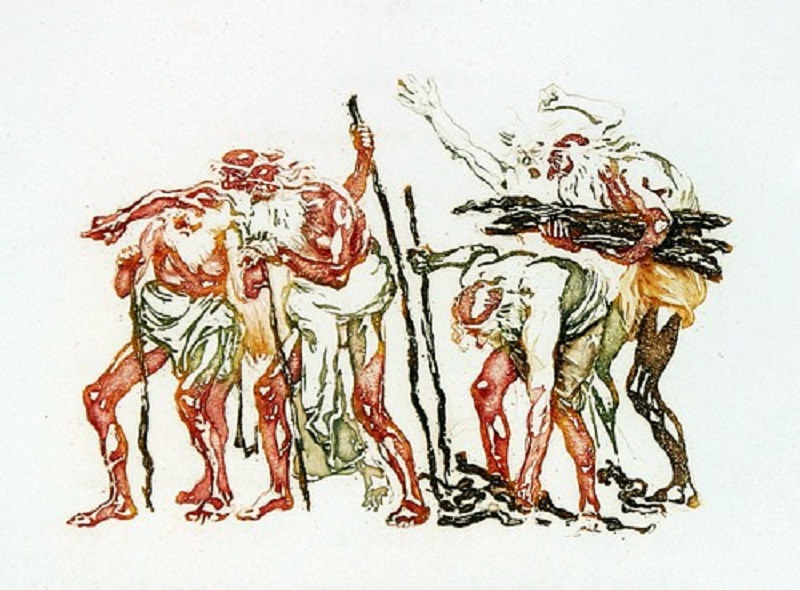
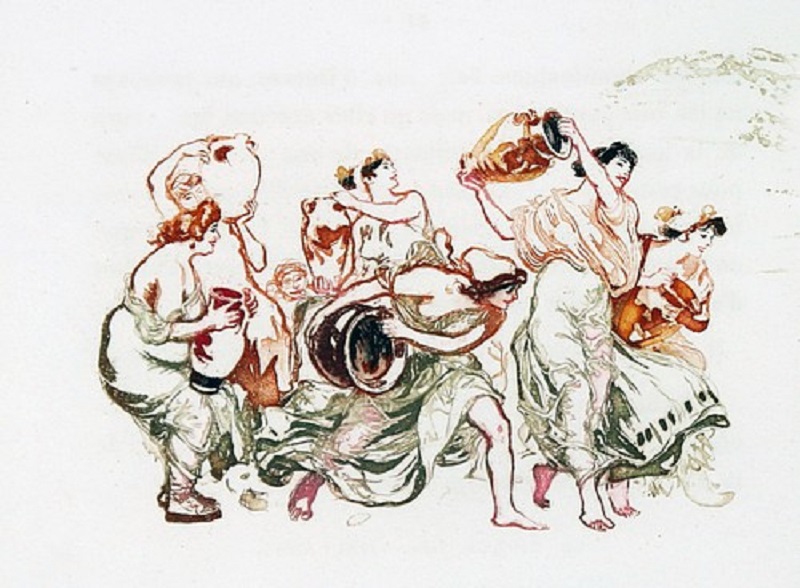
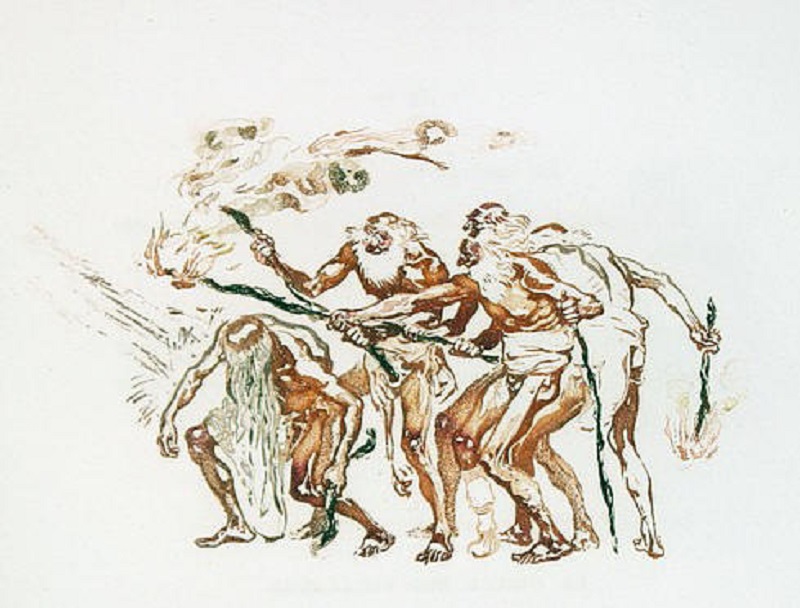
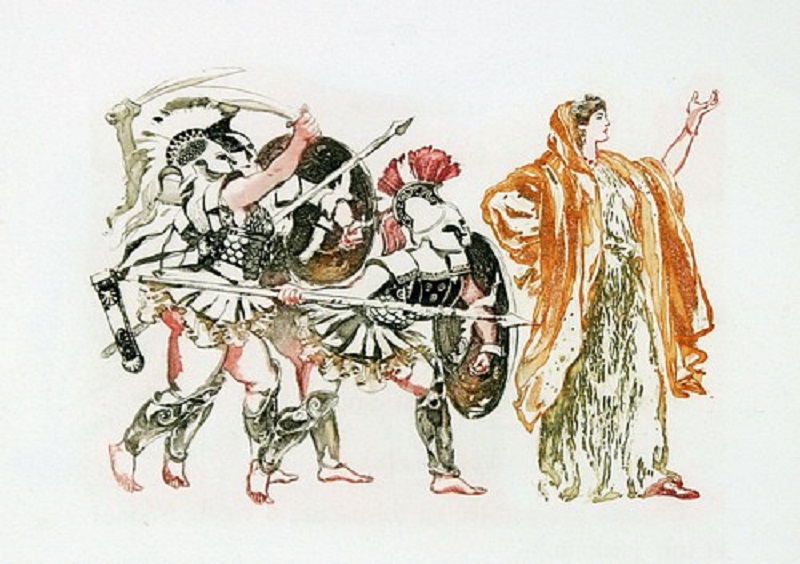
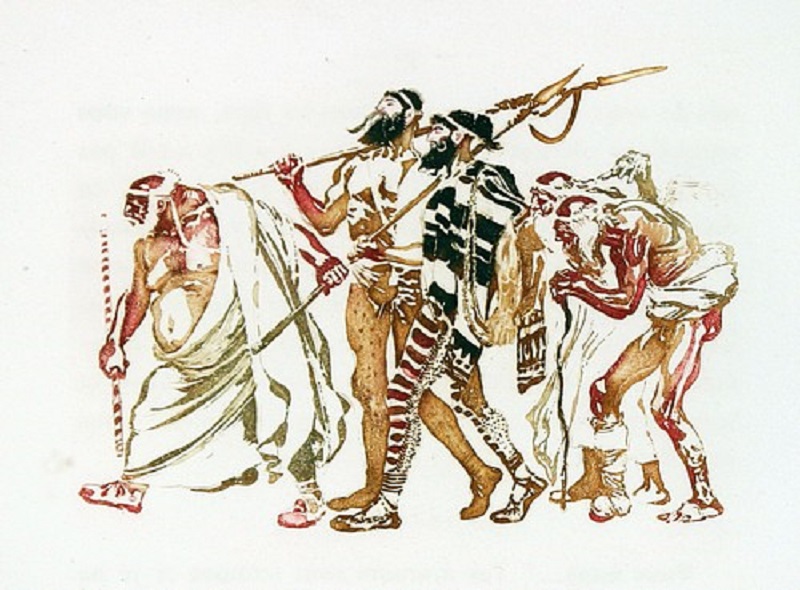
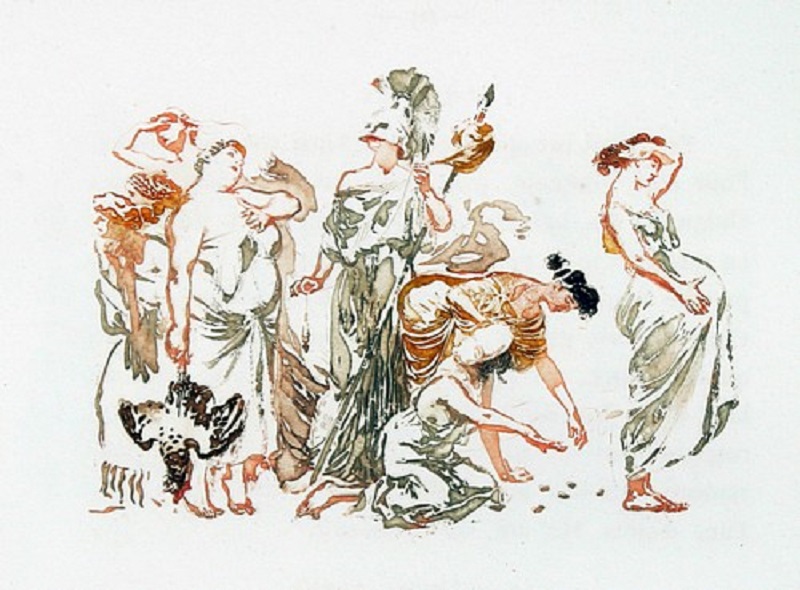
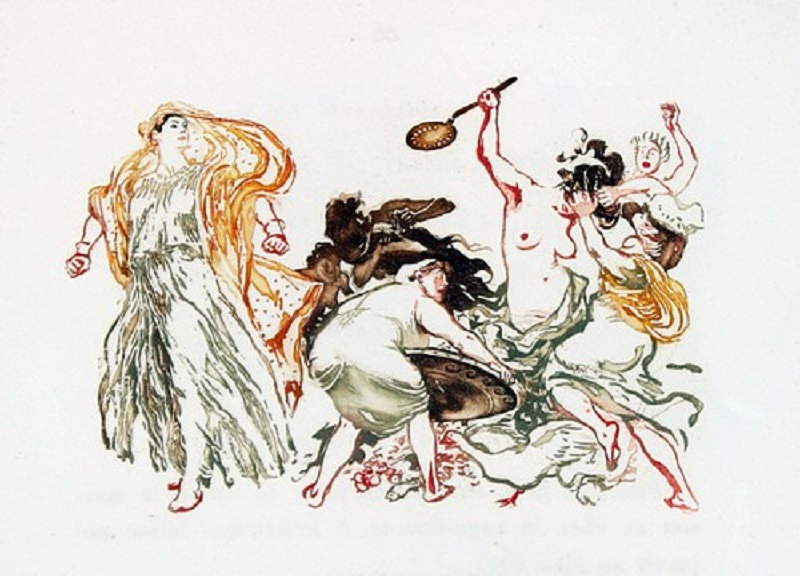
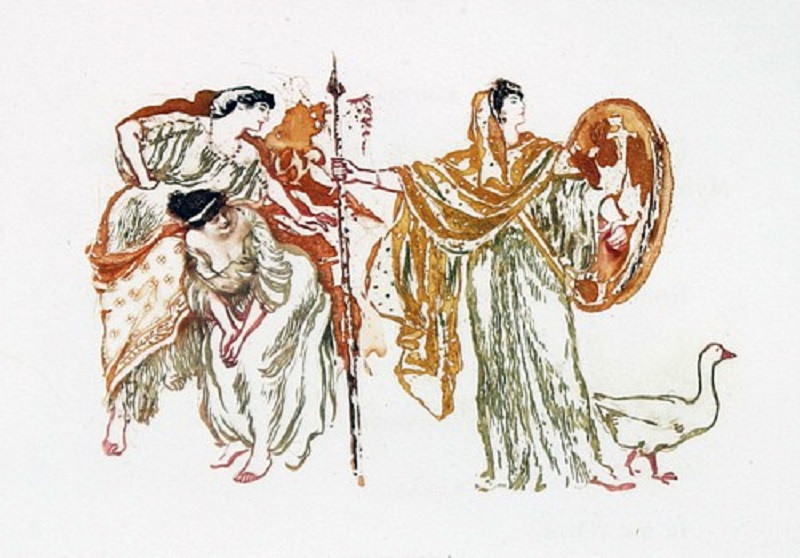
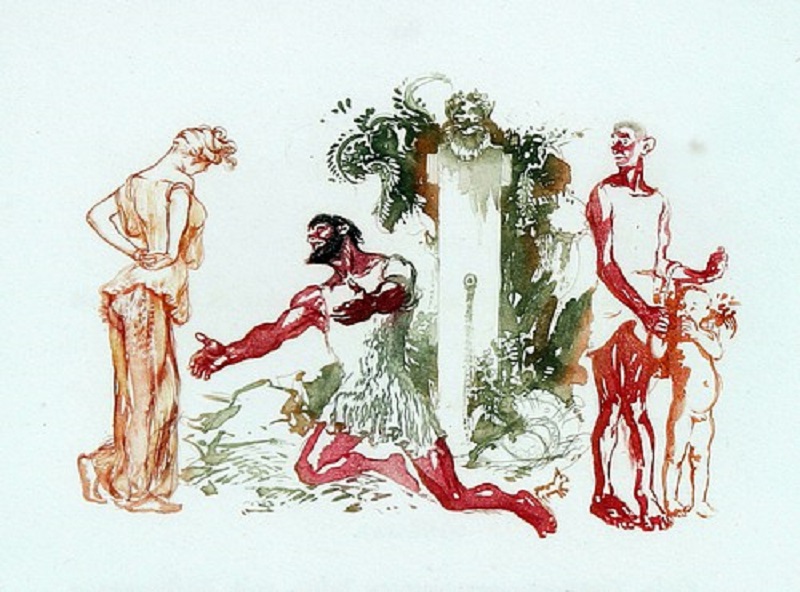
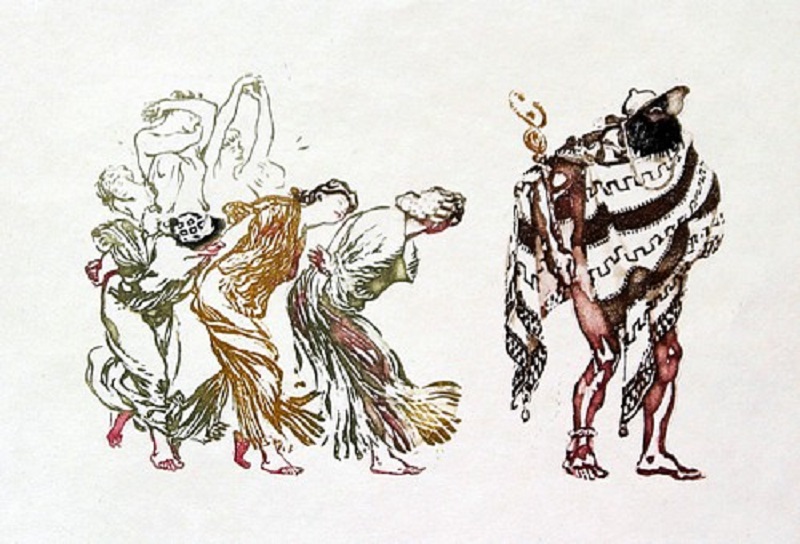
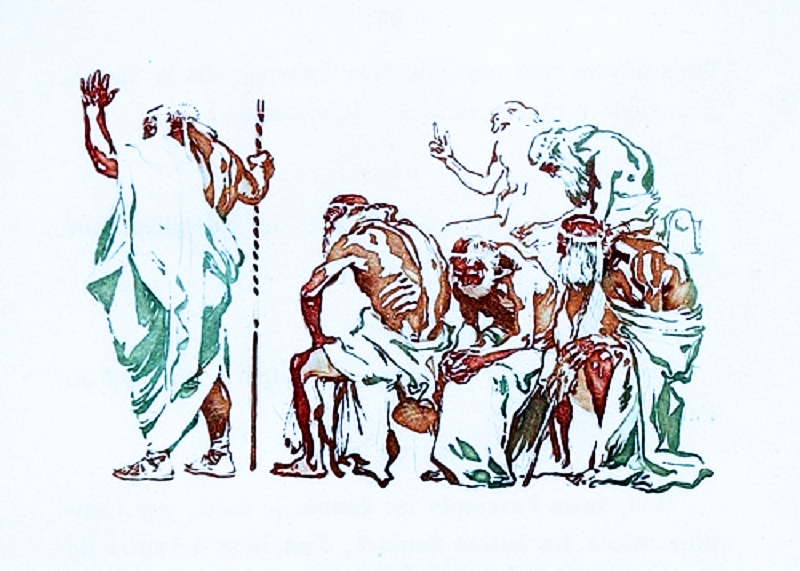
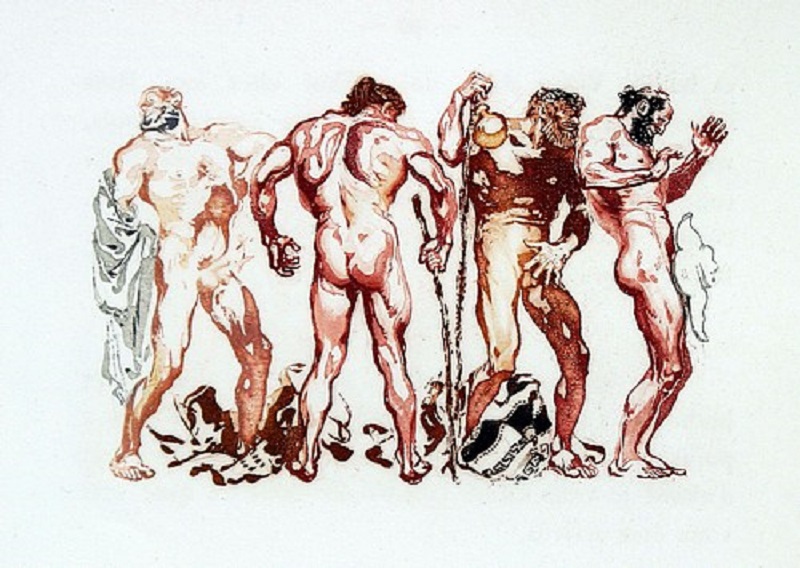
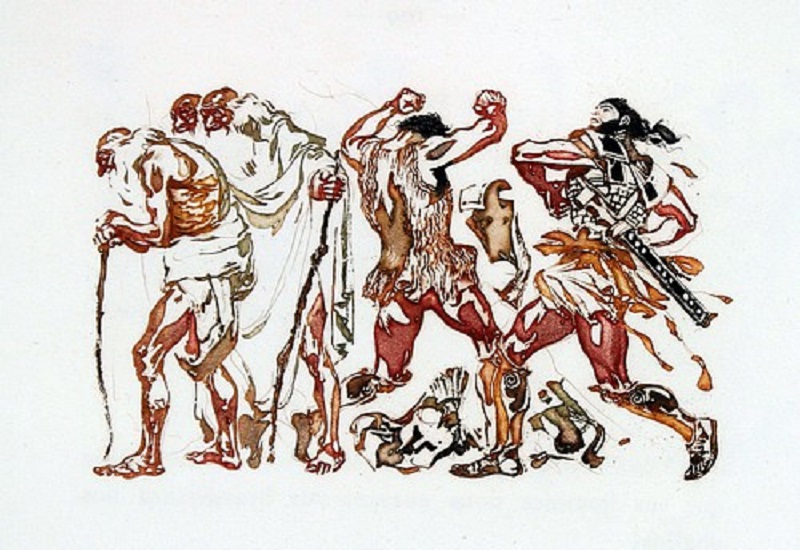
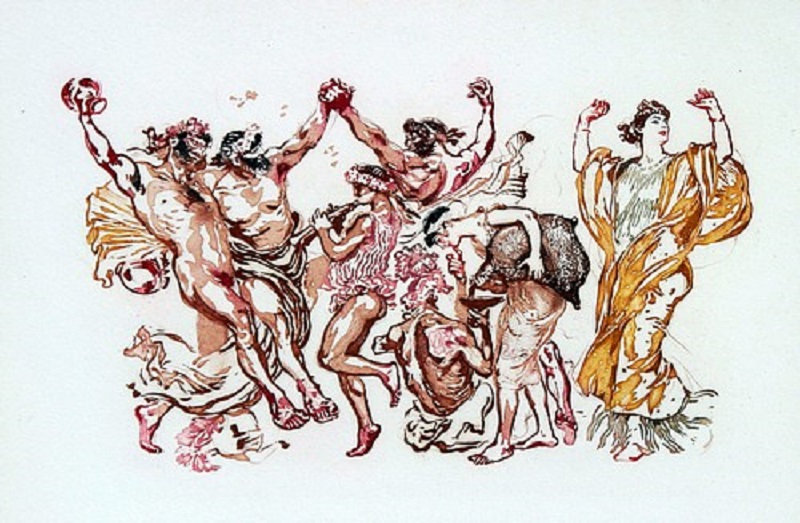
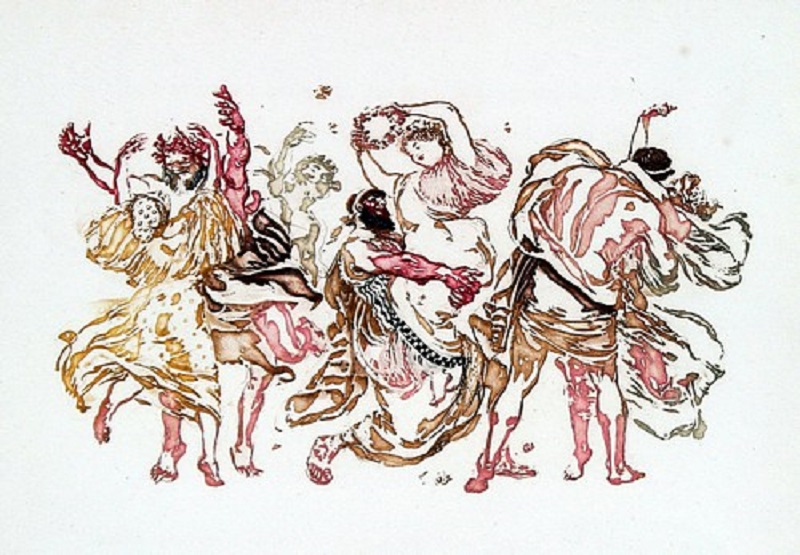
You can read the entire story at Project Gutenberg.
This is an early work of Kupka’s and his style changed drastically throughout his career. We’ve featured him before and most likely will again because of the many wonderful works he’s left us with.
Above Story Source: SparkNotes.
If you have not already subscribed to get TresBohemes.com delivered to your inbox, please use the form below now so you never miss another post.
Remember, we rely solely on your donations to keep the project going.
Become a friend and get our lovely Czech postcard pack.




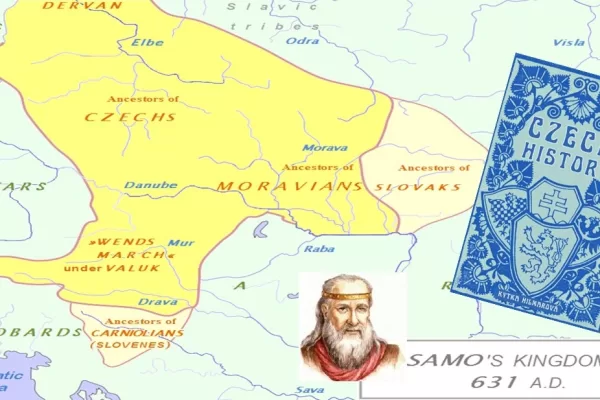















Wow! Jestli jsem tuto story v mladi slysela, tak jsem ji zapomnela. Je krasna – dekuji za pripomneni!
You are so welcome Dana!
Thank you for all of your comments on our site!
:)